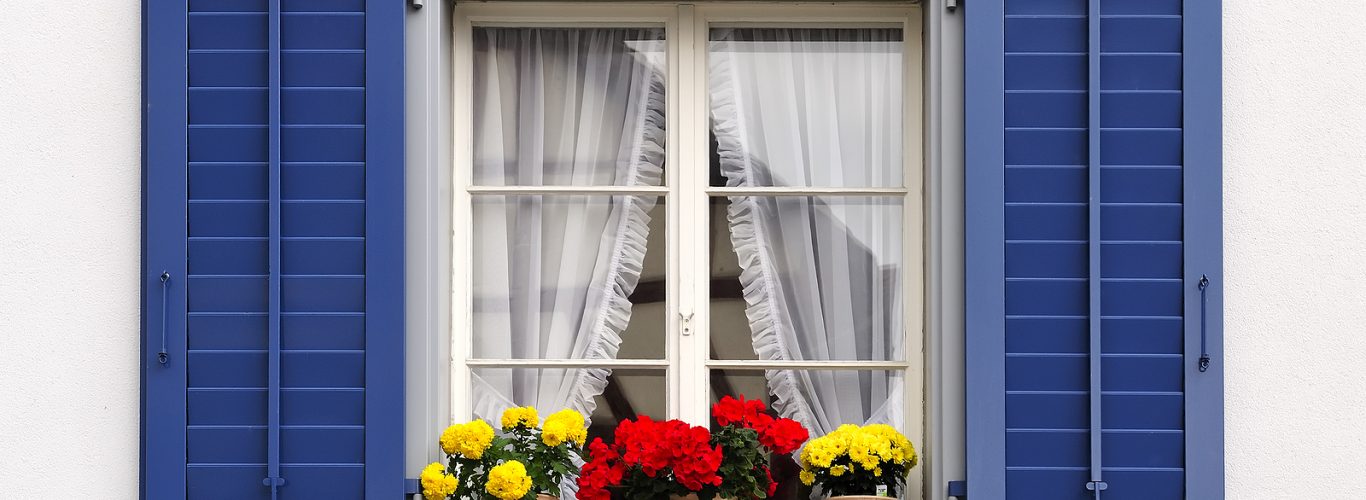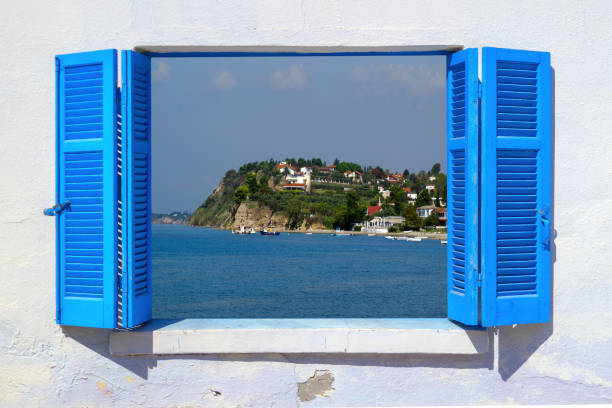The Louvre’s Unconventional Origin

The most important part of a set of shutters is the louvres, as they are the part of the wooden shutter’s design that allows for the light in the room to be carefully, delicately and easily adjusted.
Because of this, it is easy to assume that their initial use was found in Venetian blinds of plantation shutters. However the concept of louvres had an earlier, far less conventional use in the Middle Ages.
The initial use for a louvre in a home was very different and looked exceptionally different to the flat, adjustable wooden slats seen today, and instead were more adjustable lantern-like fixtures found primarily in larger kitchens in mediaeval homes.
The traditional louvre, first used in English in the early 14th century, was a domed structure, similar to what is often found at the top of a steeple.
It was used before the creation of more advanced chimney structures that funnelled smoke and hot air out of the kitchen, by instead providing a safe outlet for the smoke and allowing light into the kitchen without letting in lots of rain and snow into the house.
Initially starting off as a barrel, they would take increasingly elaborate forms made of pottery, before entering their final form that started to resemble modern louvre systems.
They had a series of wooden slats that could be opened and closed simply by pulling on a string. By this point the concept of the louvred window covering was already starting to be used, allegedly named after the French palace of the same name.
The word’s origin is something of a mystery. The term louvre allegedly originated from the Old French word “lovier”, which is believed to have either come from the Latin term for lobby “lodarium” or the French word “ouvrir” (to open).
Ultimately, its much more common use in shutters has won out since, but it is a fascinating example of how the concept evolves.
Related articles

Make The Most Of The Light As The Days Get Darker
For many people living on Brighton, the windows can provide a huge source of light. Regency architecture was always designed to ensure that homes received plenty of natural illumination in an age when homes were lit by gas lamps and electricity was still some way off. Depending on the time of year, this can be […]

The Best Options For A Clear View Outside Your Home
When it comes to window coverings, be they blinds, shutters or curtains, the biggest concern for many people is to make sure they are effective when covering up, keeping out excess light and prying eyes alike. However, it is equally important that they can also be adjusted to maximise the amount of light you let […]